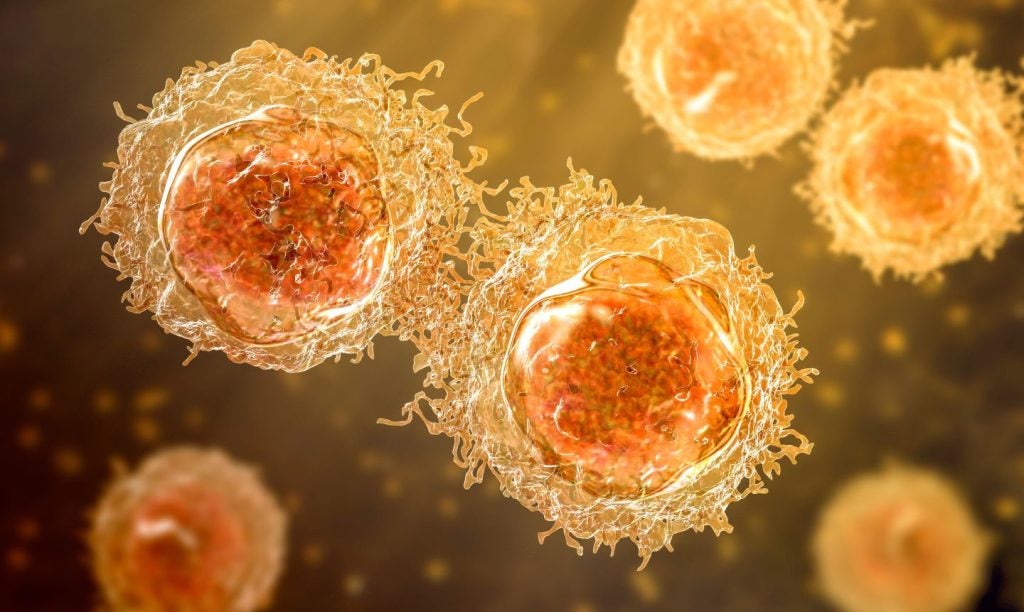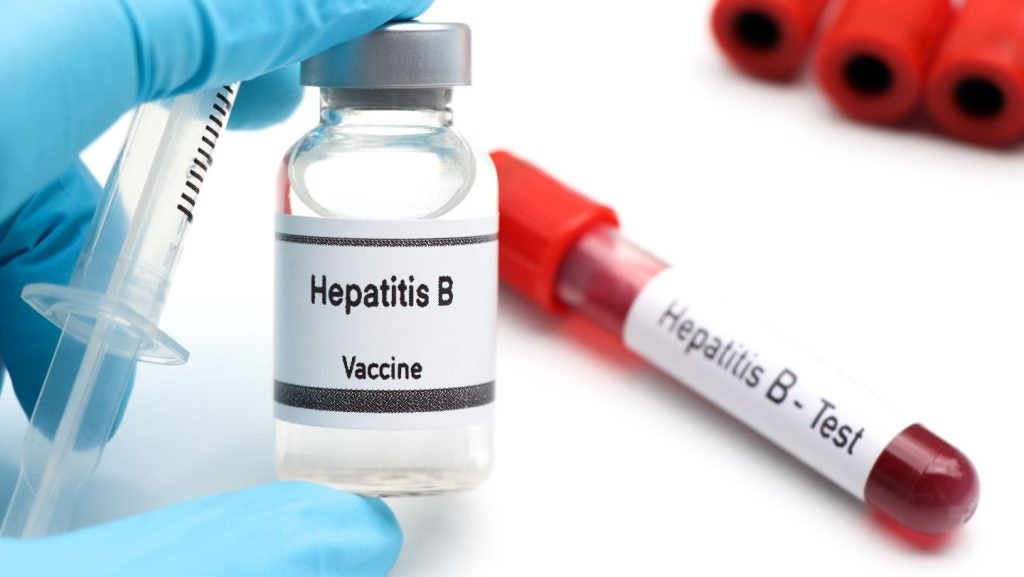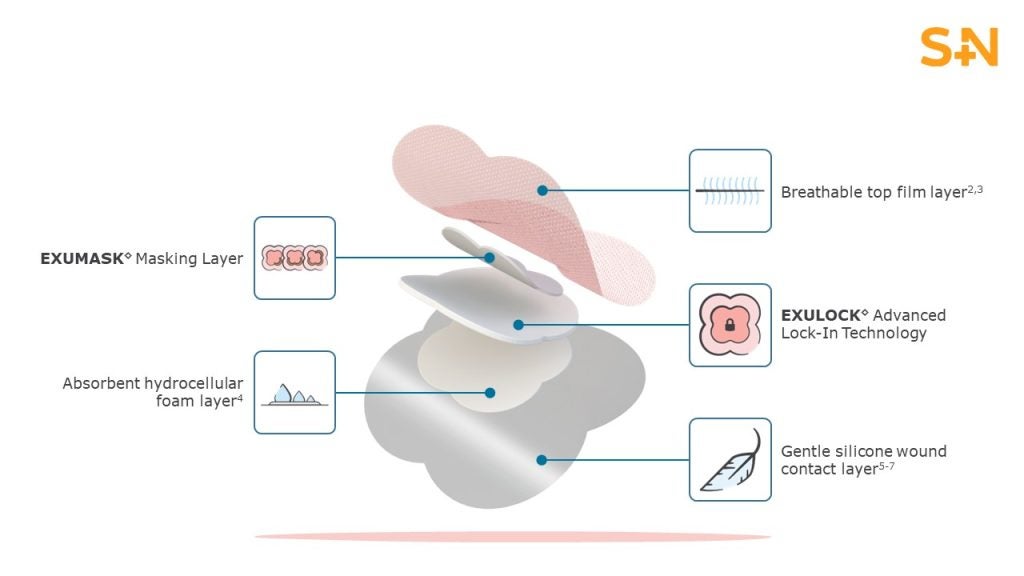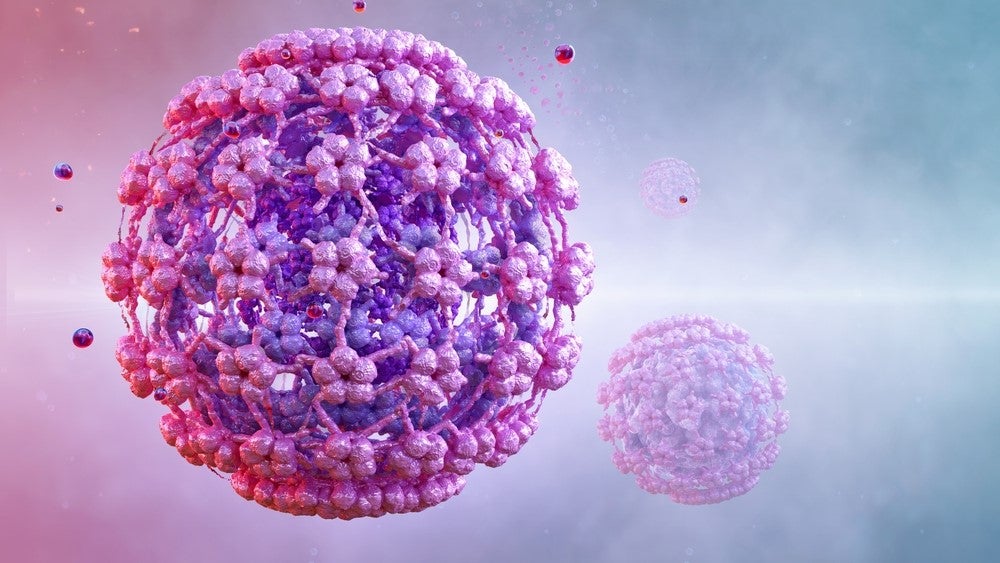
US-based Regulus Therapeutics has started dosing of RG-101, a sGalNAc-conjugated anti-miR targeting microRNA-122 (miR-122), in healthy subjects in a Phase I clinical study.
Regulus’ Phase I clinical study, which is being conducted in The Netherlands, will have four parts.
The four parts include a single ascending-dose study in healthy volunteer subjects, a multiple-ascending dose study in healthy volunteer subjects, a single-dose drug-drug interaction study of RG-101 in combination with an approved oral direct-acting antiviral in healthy volunteer subjects, and a single-dose study in hepatitis C virus (HCV) patients to evaluate the safety and viral load reduction.
Primary objective of the Phase I study is to assess the safety and tolerability of RG-101, while the secondary objectives are to assess pharmacokinetics, viral load reduction and any impact an oral direct-acting antiviral may have on the pharmacokinetics of RG-101.
The study is expected to enrol approximately 100 healthy volunteer subjects and HCV patients.
See Also:
RG-101 is a key programme in Regulus Therapeutics’ ‘Clinical Map Initiative’, which outlines certain corporate goals to advance its microRNA therapeutics pipeline over the next several years.
How well do you really know your competitors?
Access the most comprehensive Company Profiles on the market, powered by GlobalData. Save hours of research. Gain competitive edge.

Thank you!
Your download email will arrive shortly
Not ready to buy yet? Download a free sample
We are confident about the unique quality of our Company Profiles. However, we want you to make the most beneficial decision for your business, so we offer a free sample that you can download by submitting the below form
By GlobalDataUnder the Clinical Map Initiative, the company anticipates demonstrating human proof of concept results in the Phase I clinical study by the end of 2014.
Through conjugation to GalNAc, RG-101 is effectively targeted to hepatocytes for the treatment of HCV. GalNAc is a carbohydrate-based chemistry approach for asialoglycoprotein receptor-mediated delivery of oligonucleotides to hepatocyte cells of the liver.
Using the GalNAc conjugate chemistry has significantly improved the potency of the active oligonucleotide of RG-101 by achieving targeted delivery of the oligonucleotide to the infected hepatocytes.
Data evaluating RG-101 for in vitro and in vivo potency, pharmacokinetic/pharmacodynamics, toxicology and safety pharmacology and inhibition of HCV replication were earlier presented by the company.
Efficacy of RG-101 has also been tested by the company in a human chimeric liver mouse model infected with HCV genotypes 1a and 3a.
After a single dose of RG-101, up to a 2-log reduction in HCV viral load titre was observed in both genotypes in this model.
The duration of action observed for RG-101 supports the potential for a once-a-month dosing regimen.
According to Regulus Therapeutics, RG-101 has demonstrated an excellent preclinical safety profile and has been well-tolerated to date.
Regulus chief scientific officer Dr Neil W Gibson said: "We continue to be encouraged by the preclinical data seen to date and believe that RG-101 has the potential to be a best-in-class host factor agent, specifically due to its pan-genotypic properties, including demonstrated efficacy in the hard to treat HCV genotype 3, and the potential for a once monthly dosing regimen.
"We look forward to reporting data from the Phase I clinical study of RG-101 by the end of this year."
Image: RG-101 is a novel anti-miR-122 oligonucleotide therapeutic. Photo: courtesy of Freedigitalphotos.net.







